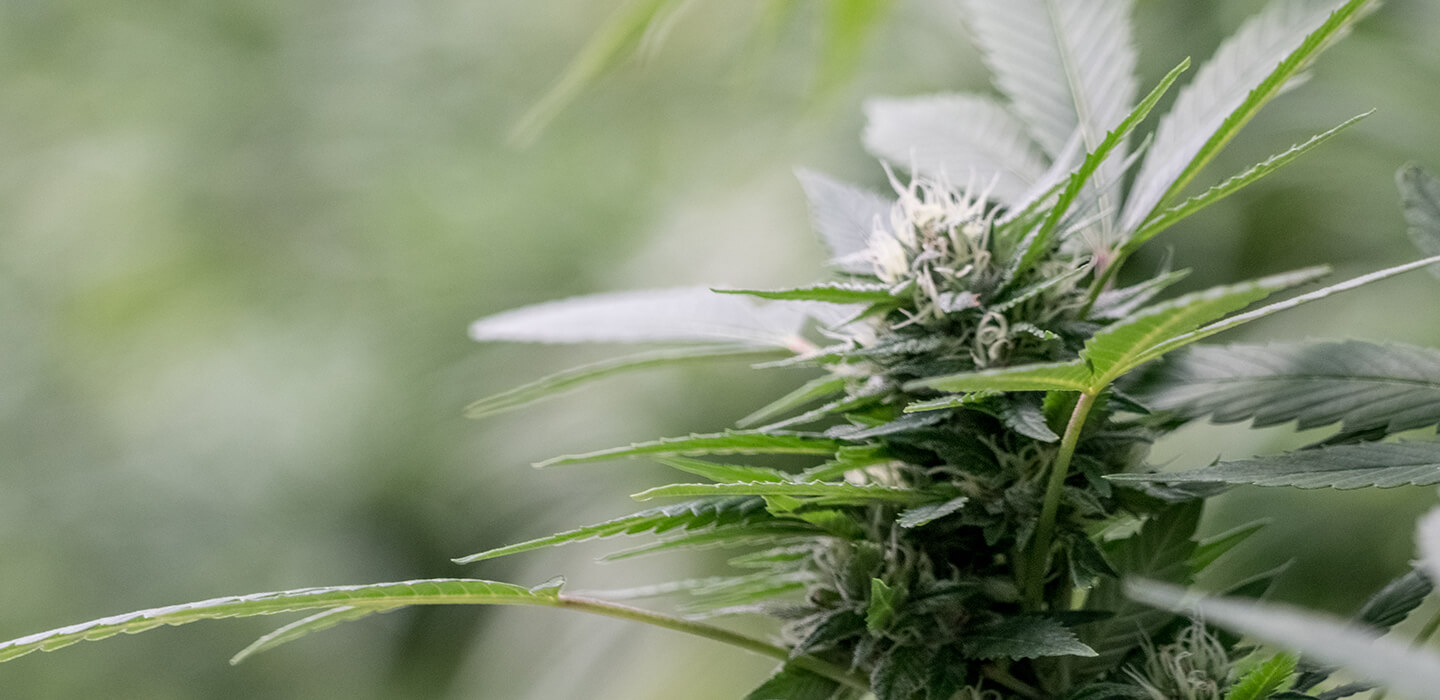
Glossaire de la décontamination du cannabis
Votre guide sur le traitement et la sécurité du cannabis
Que vous soyez novice dans l'industrie du cannabis ou professionnel chevronné, il est essentiel de comprendre le vocabulaire technique de la transformation et de la décontamination du cannabis. Ce glossaire est conçu pour servir de ressource fiable aux cultivateurs, aux transformateurs, aux exploitants de dispensaires et à toute personne intéressée par les normes de sécurité du cannabis.
En s'attaquant à des problèmes tels que Pourriture des bourgeons pour explorer des solutions avancées comme Technologie de radiofréquence, ce glossaire fournit des explications détaillées sur les termes et concepts essentiels pour garantir une production de cannabis sûre et de haute qualité.
Comment utiliser ce glossaire
Chaque trimestre couvre :
- Définition:Ce que signifie le terme.
- Applications:Comment il est utilisé dans le traitement du cannabis.
- Pertinence:Pourquoi la sécurité et la qualité sont importantes.
Que vous recherchiez des informations pratiques ou que vous souhaitiez approfondir votre expertise, ce glossaire fournit des informations claires et exploitables adaptées au processus de décontamination du cannabis.
Explorez le glossaire
- Décontamination du cannabis
- Dans l'industrie du cannabis, la décontamination consiste à éliminer ou à neutraliser les contaminants microbiens tels que les moisissures, les bactéries et les levures afin de respecter la réglementation et de garantir la sécurité des produits. Il s'agit d'une étape cruciale des opérations post-récolte, préservant la santé des consommateurs et la rentabilité de l'entreprise. La technologie de radiofréquence (RF) de Ziel offre une solution de décontamination non ionisante hautement efficace, atteignant un taux de conformité microbienne supérieur à 99% sans altérer l'intégrité chimique ni les propriétés sensorielles de la fleur. Contrairement aux méthodes ionisantes comme les rayons X ou les traitements chimiques, la RF offre un processus durable et biologique qui élimine les agents pathogènes de la surface et du cœur de la fleur, préservant ainsi sa qualité et maximisant les profits.
- Moisissure du cannabis
- La moisissure du cannabis fait référence à la présence de champignons (tous les champignons ne sont pas pathogènes), y compris les pathogènes, tels que Aspergillus et Penicillium, qui prospèrent dans des environnements très humides et mal ventilés. La contamination par les moisissures présente des risques importants, notamment des risques pour la santé des consommateurs et des pertes financières pour les cultivateurs en raison de tests de conformité non concluants et de potentiels rappels. La prévention de la prolifération des moisissures nécessite un contrôle adéquat de l'humidité, une ventilation adéquate et des mesures proactives, comme une étape de destruction après récolte. La technologie de radiofréquence (RF) de Ziel offre une solution sûre et non ionisante pour la lutte contre les moisissures, éliminant les agents pathogènes du cœur de la fleur sans altérer sa composition chimique. En garantissant un taux de conformité réglementaire supérieur à 99%, le traitement par RF préserve l'intégrité et la rentabilité du produit.
- Reprogrammation du cannabis
- La reclassification du cannabis fait référence à la reclassification de la marijuana dans le cadre de la loi américaine sur les substances contrôlées (Controlled Substances Act). Elle pourrait passer de l'annexe I, où elle est considérée comme sans valeur médicale, à l'annexe III, où elle serait reconnue au niveau fédéral pour un usage médical avec un risque d'abus moindre. Ce changement entraînerait des changements importants, notamment la suppression du code fiscal restrictif 280E, réduisant ainsi les charges financières des entreprises manipulant des plantes. Il introduirait également une surveillance de la FDA, ce qui entraînerait probablement des normes de fabrication, de test et d'étiquetage plus strictes. Pour les exploitants de cannabis, se préparer à ces changements est crucial, notamment en ce qui concerne le respect des normes de sécurité microbienne. Des technologies comme la radiofréquence (RF) de Ziel offrent des solutions pour répondre à l'évolution de la réglementation tout en préservant l'intégrité des produits.
- Certification des bonnes pratiques de fabrication de l'UE (BPF UE)
- La certification des bonnes pratiques de fabrication de l'UE (BPF) est une norme rigoureuse établie par l'Agence européenne des médicaments (EMA) pour garantir la qualité et la sécurité constantes des médicaments, dont le cannabis. Elle couvre tous les aspects de la production, du personnel et des chaînes d'approvisionnement à la documentation et aux procédures de stockage. Cette certification est obligatoire pour les produits à base de cannabis distribués au sein de l'Union européenne, permettant ainsi l'accès à l'un des marchés du cannabis à la croissance la plus rapide au monde. La conformité aux BPF de l'UE prépare les entreprises aux exportations mondiales, soutient la croissance à long terme et inspire confiance aux consommateurs. La technologie de radiofréquence (RF) de Ziel, validée par les BPF de l'UE, offre une solution efficace et non ionisante pour le contrôle microbien, conforme aux normes biologiques et internationales.
- Rayonnement ionisant
- Le rayonnement ionisant est une technologie de décontamination du cannabis qui utilise des longueurs d'onde à haute énergie, telles que les rayons gamma, les rayons X ou les faisceaux d'électrons (e-beam), pour tuer les moisissures et les agents pathogènes. Ces méthodes perturbent l'ADN de la fleur, altérant sa structure moléculaire et diminuant son intégrité naturelle. De plus, les autorités de réglementation internationales, comme celles de l'Allemagne et du Canada, imposent des exigences strictes en matière d'autorisation et d'étiquetage pour le cannabis traité par ionisation, notamment l'utilisation obligatoire du symbole Radura. Cette réglementation, associée au traitement hors site et aux besoins en équipements supplémentaires, rend le rayonnement ionisant coûteux et moins convivial pour le consommateur que les solutions non ionisantes comme la radiofréquence.
- Contrôle microbien
- Le contrôle microbien englobe les processus visant à éliminer les agents pathogènes tels que les moisissures, les bactéries et les champignons du cannabis afin de respecter les normes réglementaires et de protéger la santé des consommateurs. Contrairement à la remédiation réactive, qui intervient après un échec aux tests, les solutions proactives de contrôle microbien, comme la technologie de radiofréquence (RF) de Ziel, s'intègrent parfaitement aux procédures opérationnelles normalisées (PON). Le traitement par RF utilise un rayonnement non ionisant pour pénétrer la fleur de cannabis, éliminant ainsi la contamination microbienne tout en préservant son intégrité moléculaire, sa puissance et ses qualités organoleptiques. Avec un taux de réussite de conformité supérieur à 99% et une compatibilité avec les opérations biologiques de l'USDA, la RF offre une méthode efficace et pérenne pour garantir la qualité des produits et la réussite opérationnelle.
- Assainissement des moisissures
- L'assainissement des moisissures est le processus d'élimination des contaminants fongiques, tels que Aspergillus,Pénicillium et autres moisissures, des produits à base de cannabis, afin de respecter la réglementation et de protéger la sécurité des consommateurs. La technologie de radiofréquence (RF) de Ziel offre une approche proactive et non ionisante de la lutte contre les moisissures en pénétrant la fleur de cannabis et en éliminant les agents pathogènes sans altérer ses propriétés chimiques. Contrairement aux méthodes de traitement réactives qui risquent de susciter la méfiance des consommateurs, la RF s'intègre parfaitement aux procédures opérationnelles standard (POS), garantissant un taux de réussite de conformité supérieur à 99%, préservant la qualité des produits et soutenant la certification biologique. Cette solution efficace garantit une rentabilité accrue tout en préservant la réputation de la marque.
- Spores de moisissures
- Les spores de moisissures sont des unités reproductrices microscopiques de champignons qui se développent dans des environnements humides. Dans les cultures de cannabis, ces spores peuvent se propager par l'air, l'eau, les nuisibles ou le contact humain, entraînant une contamination compromettant la santé des cultures et la conformité réglementaire. Un contrôle efficace nécessite de maintenir un faible taux d'humidité, une ventilation adéquate et une décontamination proactive. La technologie de radiofréquence (RF) de Ziel offre une solution non ionisante pour éliminer les spores de moisissures du cœur de la fleur de cannabis sans altérer sa composition chimique. En garantissant un taux de réussite supérieur à 99,9% aux tests microbiens, le traitement RF protège l'intégrité du produit, prévient la prolifération des moisissures et atténue les risques de rappels.
- Rayonnement non ionisant
- Le rayonnement non ionisant est une solution sûre de contrôle microbien pour le cannabis. Il utilise de longues longueurs d'onde à faible énergie pour pénétrer la fleur et éliminer les moisissures et les agents pathogènes sans altérer sa structure moléculaire. Des technologies comme la radiofréquence (RF) créent un champ électromagnétique autour de la fleur, générant de la chaleur par oscillation des molécules d'eau pour assurer une décontamination complète tout en préservant l'intégrité chimique et enzymatique. Contrairement aux méthodes ionisantes, le rayonnement non ionisant évite les exigences coûteuses en matière d'étiquetage et est approuvé pour la conformité biologique par l'USDA dans d'autres industries, ce qui en fait un choix avant-gardiste pour les exploitants de cannabis soucieux de protéger la qualité de leurs produits et de se conformer aux réglementations.
- Propriétés organoleptiques du cannabis
- Les propriétés organoleptiques du cannabis font référence à ses attributs sensoriels – goût, odeur, texture et apparence – qui définissent sa qualité et influencent l'expérience globale du consommateur. Ces caractéristiques sont étroitement liées au profil terpénique de la plante, qui contribue à ses arômes et saveurs uniques.
- Apparence:La couleur et la couverture des trichomes des bourgeons fournissent des indices visuels sur la qualité et les méthodes de culture.
- Texture:Une sensation spongieuse mais légèrement collante indique un durcissement correct.
- Arôme:Les parfums complexes, tels que les notes d'agrumes, florales ou terreuses, reflètent la composition des terpènes.
- Saveur:Le goût amplifie l'arôme lors de la consommation, offrant une expérience douce et agréable.
La technologie de radiofréquence (RF) de Ziel joue un rôle essentiel dans la préservation de ces propriétés lors de la décontamination. Grâce à un chauffage volumétrique, le traitement RF garantit la réduction des micro-organismes nocifs tout en préservant les terpènes délicats et en préservant l'intégrité sensorielle du cannabis. Ce procédé permet aux cultivateurs de respecter les normes réglementaires sans compromettre la qualité, garantissant ainsi un produit exceptionnel aux consommateurs.
- Réduction des agents pathogènes
- La réduction des agents pathogènes consiste à éliminer les micro-organismes nocifs comme les bactéries, les levures et les moisissures afin de garantir la sécurité des produits et la conformité réglementaire. La technologie innovante de radiofréquence (RF) de Ziel assure une réduction efficace des agents pathogènes grâce au chauffage volumétrique. Contrairement aux méthodes conventionnelles, ce système chauffe uniformément toute la masse du produit, évitant ainsi la surchauffe de la surface tout en préservant sa qualité. La radiofréquence est une méthode biologique sans produits chimiques, non ionisante et reconnue par l'USDA, ce qui la rend idéale pour les producteurs à la recherche de solutions sûres, efficaces et évolutives pour préserver la santé des consommateurs et optimiser l'efficacité opérationnelle.
- Traitement post-récolte
- Le traitement post-récolte désigne les étapes et activités qui ont lieu après la récolte et qui visent à préparer la récolte pour le stockage, la vente et la consommation. Il joue un rôle crucial pour garantir la sécurité, la qualité et la conformité du cannabis et des produits agricoles. Les technologies avancées de Ziel, telles que les systèmes de radiofréquence (RF), offrent des solutions fiables pour éliminer les agents pathogènes microbiens, notamment les levures, les moisissures et les bactéries, tout en préservant l'intégrité et les qualités organoleptiques du produit. Cette approche innovante et sans produits chimiques soutient les opérations biologiques et certifiées BPF. En intégrant le traitement par RF aux procédures opérationnelles standard, les cultivateurs peuvent réduire la charge microbienne et optimiser la commercialisation, ce qui en fait une étape essentielle des processus post-récolte.
- Technologie de radiofréquence (RF)
- La technologie de radiofréquence (RF) est un procédé thermique non ionisant utilisé pour éliminer les agents pathogènes microbiens du cannabis et des produits alimentaires sans compromettre la qualité du produit. Contrairement aux méthodes ionisantes comme les rayons X ou gamma, la RF utilise de longues longueurs d'onde à faible énergie pour pénétrer en profondeur le produit, générant de la chaleur par oscillation des molécules d'eau. Ce chauffage volumétrique assure un traitement uniforme, ciblant les agents pathogènes microbiens tout en préservant la structure naturelle, l'arôme et les propriétés enzymatiques du produit. Reconnu comme un procédé biologique par l'USDA, la RF est une solution efficace et sans produits chimiques, conforme aux réglementations les plus strictes avec un taux de réussite de 99,9%, ce qui en fait un choix de confiance pour les industries exigeant une décontamination microbienne sûre et efficace.
- Traitement thermique
- Le traitement thermique est une méthode qui utilise la chaleur pour éliminer les agents pathogènes microbiens du cannabis et d'autres produits, tout en préservant leurs propriétés naturelles. Contrairement aux technologies ionisantes telles que les rayons X ou gamma, le traitement thermique préserve la teneur en cannabinoïdes et en terpènes, garantissant ainsi la qualité du produit. Reconnu comme une approche biologique et non chimique, le traitement thermique est conforme aux normes réglementaires strictes telles que les Bonnes Pratiques de Fabrication de l'Union européenne (BPF UE), ce qui en fait une solution efficace et conforme pour les marchés mondiaux.
- Nombre total de levures et de moisissures (TYMC)
- Le dénombrement total des levures et moisissures (TYMC) mesure les unités formant colonie (UFC) de levures et moisissures dans un échantillon de cannabis afin d'évaluer la contamination microbienne. Le test TYMC est essentiel pour la conformité réglementaire et la sécurité des consommateurs, car des niveaux élevés peuvent présenter des risques pour la santé ou dégrader la qualité du produit. Les seuils réglementaires pour le TYMC varient selon l'État et le pays. Les limites peuvent être inférieures à 10 000 UFC/g pour un usage médical dans un État, tandis qu'elles peuvent être supérieures ou inférieures pour un usage récréatif, au sein du même État ou d'un autre. Les technologies de remédiation avancées, comme le traitement par radiofréquence (RF), réduisent efficacement le TYMC de plus de 99,91 TP3T sans compromettre les cannabinoïdes ni les terpènes de la plante. Ce procédé non ionisant et approuvé pour l'agriculture biologique garantit que le cannabis passe les tests microbiens tout en préservant son intégrité naturelle.
Plus de ressources pour
Comprendre le cannabis Décontamination
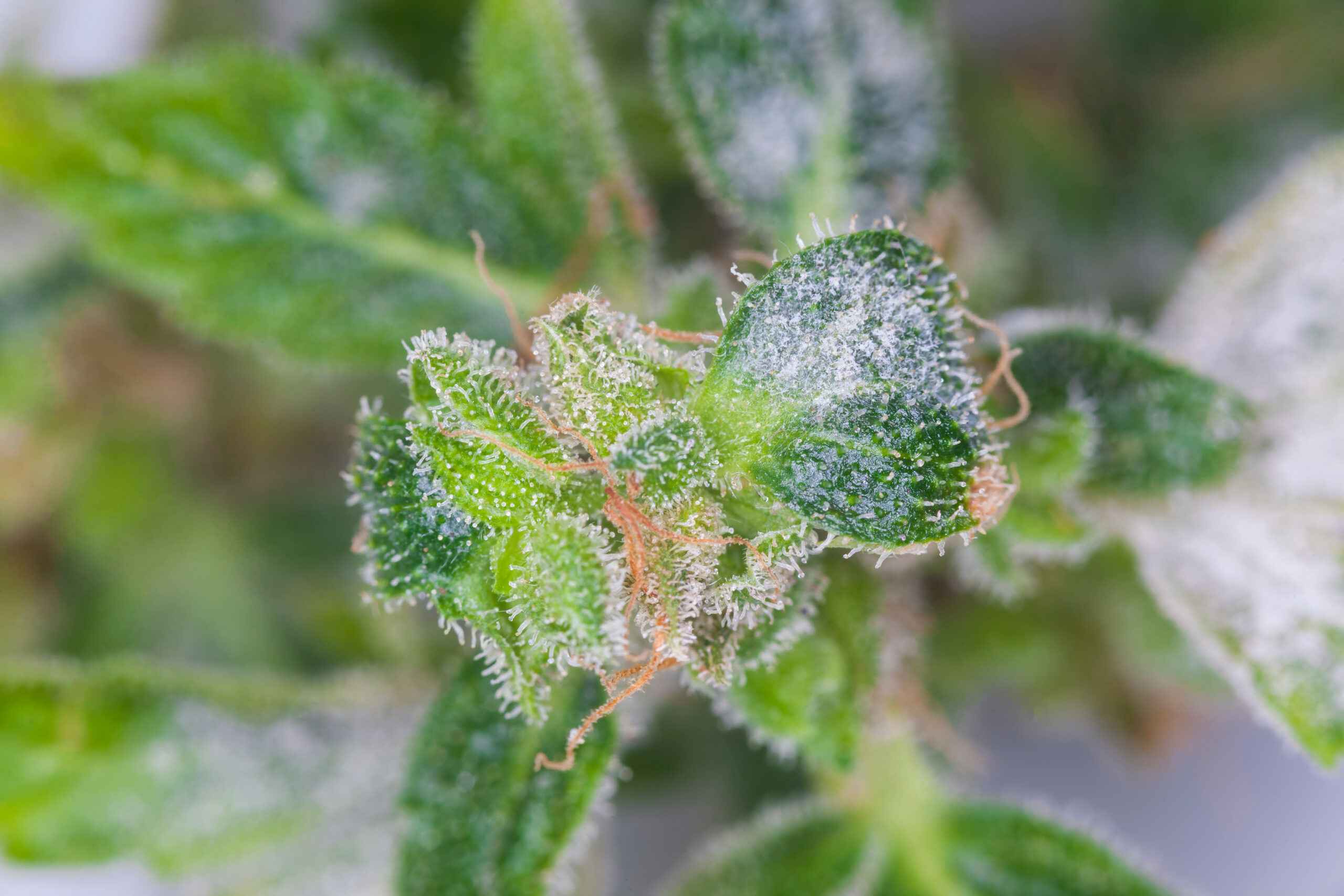
Risques commerciaux liés à la vente d'herbe moisie
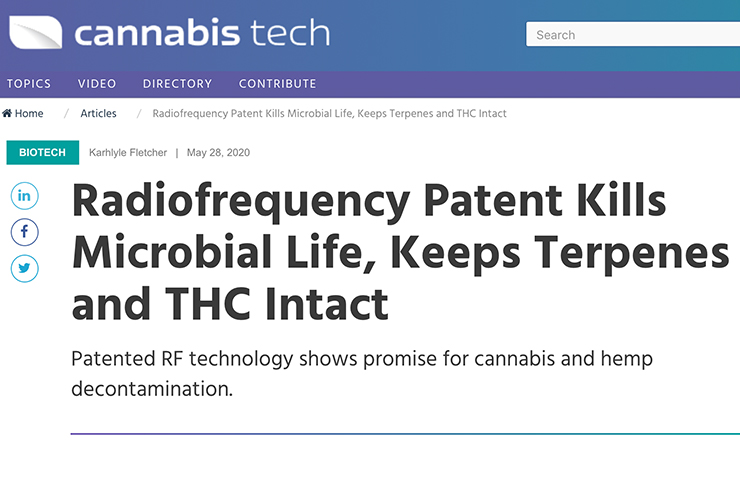
Brevet de radiofréquence

Ziel reçoit l'approbation BPF de l'UE pour le contrôle microbien
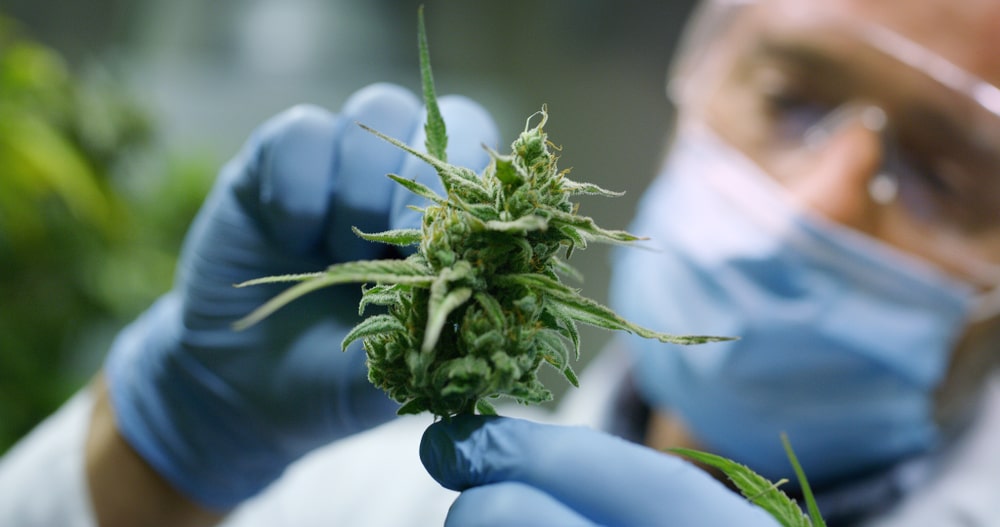
6 étapes pour prévenir, identifier et décontaminer les mauvaises herbes moisies
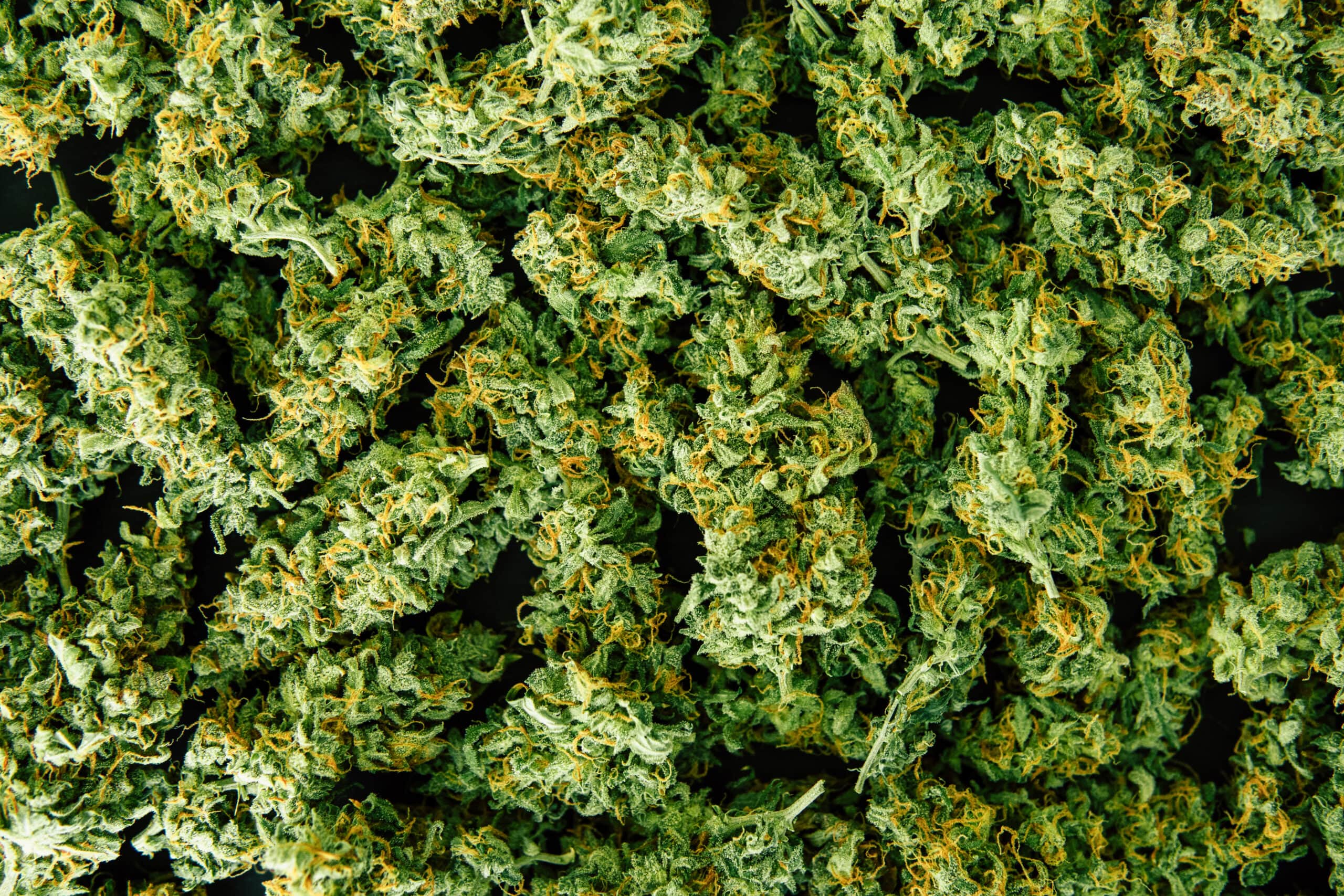
Décontamination du cannabis : radiofréquence vs plasma froid
Contactez-nous aujourd'hui
Faites le premier pas pour augmenter vos marges bénéficiaires. Commencez la conversation maintenant.
FAQ sur les RFX
Vous avez d'autres questions ? Apprenez-en davantage sur la façon dont le RFX peut aider votre opération spécifique.
Apprendre encore plus
Consultez notre page Ressources et téléchargez des informations supplémentaires sur la solution qui vous intéresse.